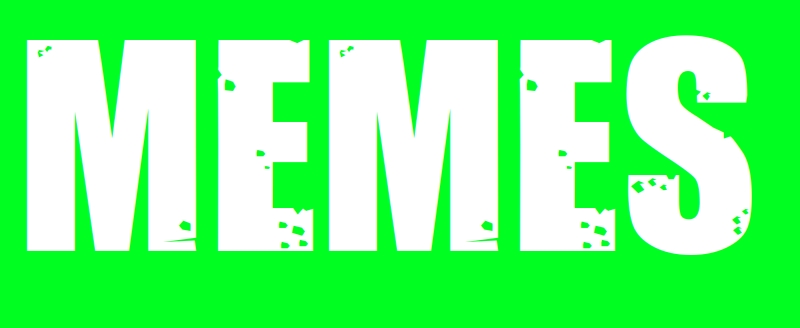

I agree, there’s a lot of people in this thread who seem to know exactly what is good or bad for a new user. But I don’t see many being sensitive to what the user might actually want to achieve. New users are not a homogeneous group.
If the user wants to both use (stably) and learn (break stuff) simultaneously, I’d suggest that they start on debian but have a second disk for a dual boot / experimentation. I don’t really use qemu much but maybe that’s a good alternative these days. But within that I’d say set them self the challenge of getting a working arch install from scrath - following the wiki. Not from the script or endeavourOS - I think those are for 4th/5th install arch users.
I find it hard to believe that I’d have learned as much if ubuntu was available when I started. But I did dual boot various things with DOS / windows for years - which gave something stable, plus more of a sandbox.
I think the only universal recommedation for. any user, any distro, is “figure ourt a decent backup policy, then try to stick to it”. If that means buy a cheap used backup pc, or raspberry pi and set it up for any tasks you depend on, then do that. and I’d probably pick debian on that system.






That’s a problem and I remember talking about it in the 2000s when everything started to become user friendlieness. plug and play, just works and so-on, worst part is stuff being locked down and harder to jailbreak.
It’ll be fine though, I’m sure AI will install their OS for them, I won’t have a clue how it did it, but it’ll probably be better than I could do.
You’ll just add “without backdoors” to the prompt and it’ll be secure too.